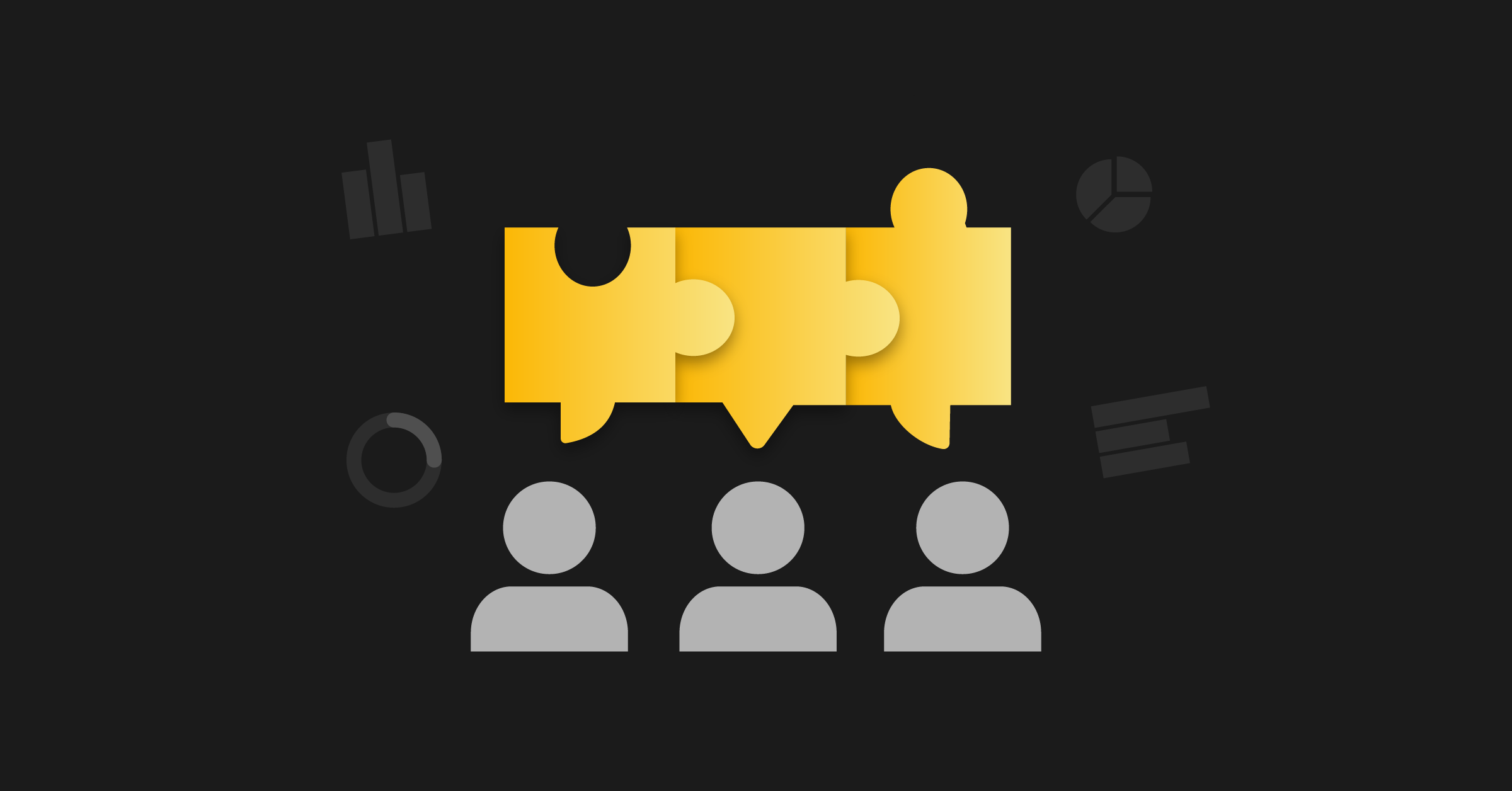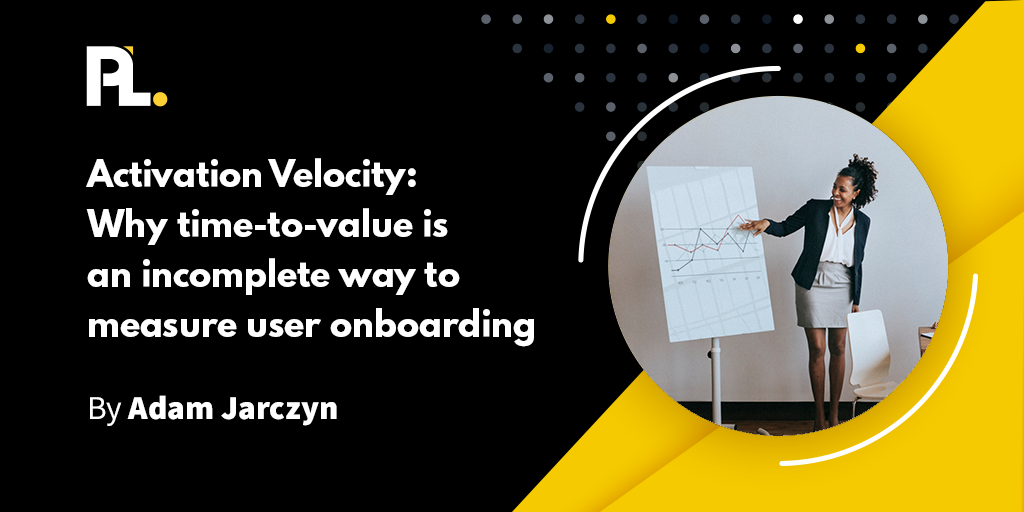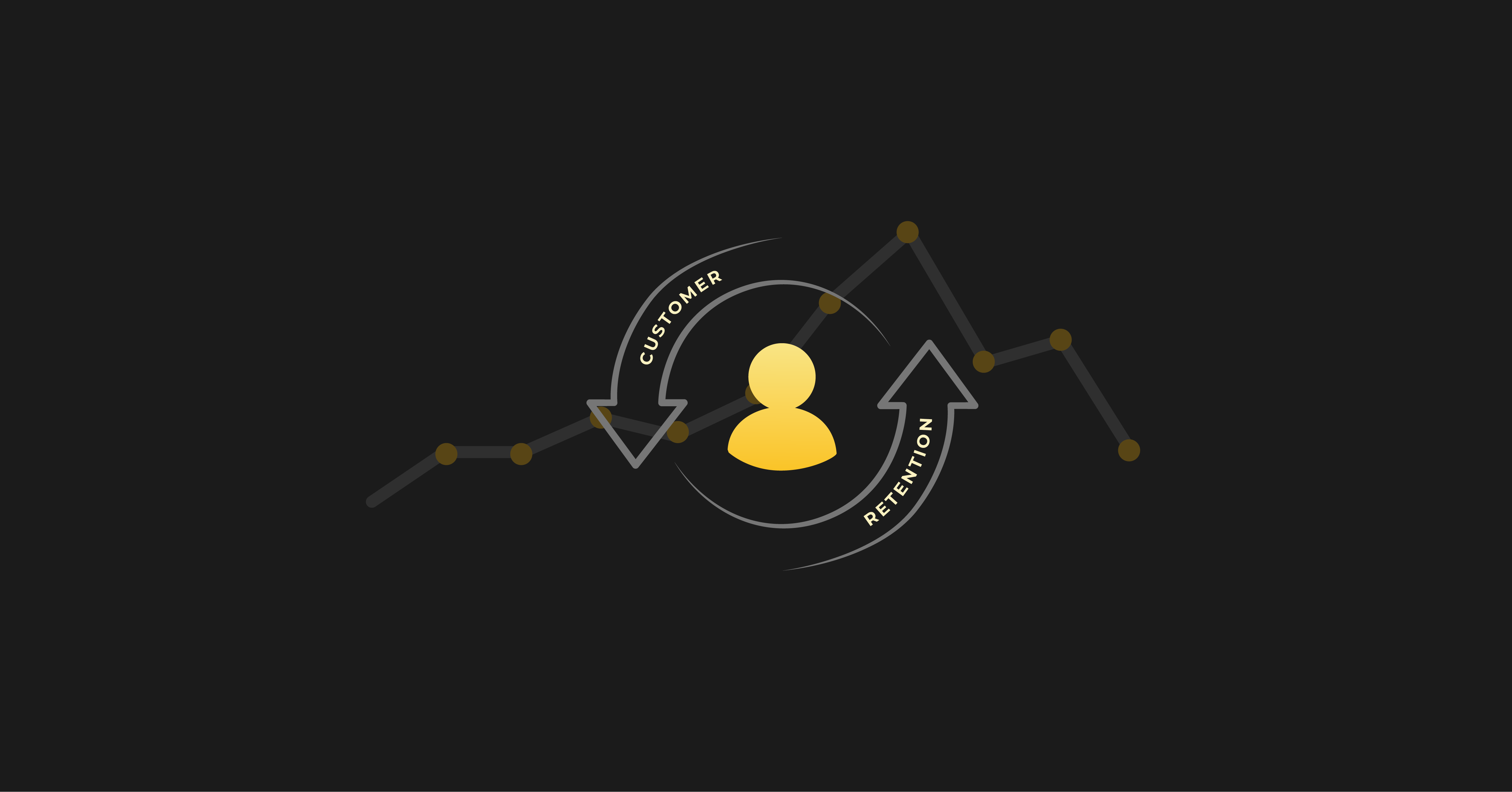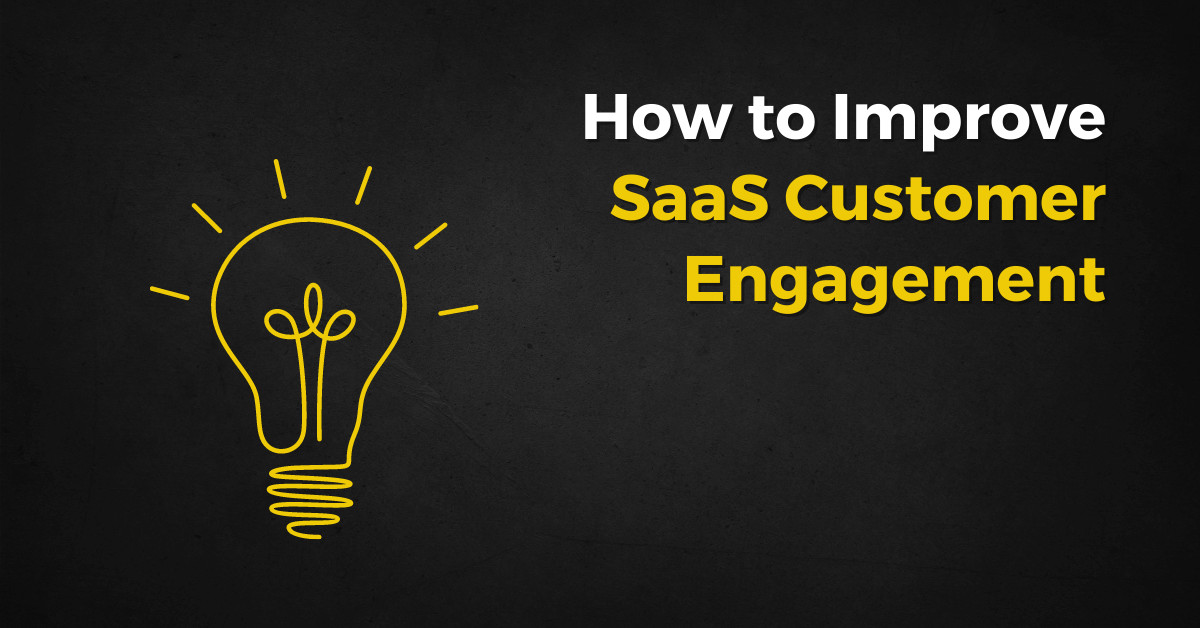Customer lifetime value (or CLV) is a metric for understanding the long-term value of your customers and making informed decisions about customer acquisition and retention strategies.
It represents a customer's total revenue throughout their relationship with your company.
Why Customer Lifetime Value is Important
Understanding the Value
CLV helps you understand the true worth of each customer by considering their entire relationship with your company, not just individual transactions. This insight allows you to prioritize your efforts and resources towards high-value customers who are likely to generate more revenue over time.
Guiding Acquisition Strategies
By knowing the CLV of your customers, you can make informed decisions about how much you're willing to invest in acquiring new customers. This helps you optimize your marketing and sales strategies to attract customers with a higher potential for long-term value.
Driving Retention Efforts
CLV also plays a vital role in shaping your customer retention strategies. By identifying the factors contributing to higher CLV, such as customer satisfaction, loyalty, and repeat purchases, you can improve these areas to increase customer retention rates and maximize their lifetime value.
Improving Forecasting
CLV provides a reliable basis for forecasting future revenue and growth. By analyzing historical CLV data, you can make more accurate predictions about your company's financial performance and plan for future investments and expansion.
How to Calculate Customer Lifetime Value
Determining CLV is not a one-size-fits-all approach.
Various factors influence the calculation, including industry, business model, and customer behavior.
Customizing a CLV formula to align with your specific business needs and context is crucial.
Customer Lifetime Value Formula Example
Here's one option:
CLV = [Customer revenue per year * Duration of the relationship in years] – Total costs of acquiring and serving the customer
This formula accounts for the yearly revenue generated by a customer and the duration of the customer relationship and subtracts the total costs associated with acquiring and serving the customer.
Other useful formulas can be used to calculate CLV. You can refer to our helpful guide on calculating customer retention metrics for a more comprehensive understanding of these formulas and how to apply them.
Calculating CLV for SaaS Products
Calculating CLV for software as a service (SaaS) products is relatively straightforward.
Here’s one example:
CLV = Average Revenue Per User (ARPU) * Customer Lifetime
- To calculate ARPU, divide the total revenue generated by the number of active users.
- Customer Lifetime refers to the average duration a customer subscribes to your service.
By tracking CLV, you gain insights into the profitability of your customer base and can make informed decisions on how to allocate resources to acquire and retain customers. Doing so helps you identify high-value users and develop strategies to nurture and upsell them.
Customizing CLV Calculations
To accurately measure CLV for your company, you need to consider factors such as average purchase value and purchase frequency.
Through this analysis, you can better understand customer behavior and identify opportunities to increase customer lifetime value.
Factors to consider when customizing CLV for SaaS businesses include (but are not limited to):
- Different user segments may have different CLVs.
- Minor changes to the discount rate can impact CLV significantly.
- Over time, changes in your customer base, ARPU, and churn rate can affect CLV.
- Satisfied customers generally have a higher CLV.
To learn more about building the best product for your users, listen to “How to Deliver Your Value Proposition at Lightning Speed” on our Product-Led Podcast.
Why CLV Metric is Important in Product-Led Growth
CLV in product-led growth (PLG) is a guiding key performance indicator that helps companies ensure that their user-centric growth strategies are financially sustainable.
The metric is key to building a successful and enduring PLG business.
Here’s why:
- Sustainable Growth: In PLG, the focus is on acquiring users who can efficiently adopt and derive value from the product on their own. Understanding CLV helps ensure that the cost of acquiring and serving these users is justified by the revenue they generate over their lifetime. This knowledge is critical for sustainable and profitable growth.
- User-Centric Approach: PLG relies heavily on users' self-discovery and self-service within the product. CLV aligns with this approach by assessing the long-term value of individual users. The metric helps identify the most valuable user segments, enabling tailored strategies to nurture and retain them.
- Resource Allocation: CLV helps allocate resources effectively. It guides decisions about where to invest in product development, customer support, and product marketing efforts. Companies can prioritize resources on activities that contribute most to CLV, optimizing the user experience and driving growth.
- Monetization Strategy: PLG often involves freemium or trial-based models. CLV informs monetization strategies by revealing how much revenue can be expected from users who start with free or trial versions and later convert to paying customers. It helps determine pricing, upgrade paths, and feature packaging.
- Retention and Upsell Opportunities: Understanding CLV allows companies to identify opportunities for increasing customer lifetime value. By focusing on customer success and satisfaction, PLG companies keep users engaged and motivated to upgrade, renew, or expand their product usage.
- Product Iteration: CLV data can influence product development decisions. Insights gained from analyzing CLV can help prioritize feature enhancements or improvements that cater to high CLV segments, enhancing overall user satisfaction and retention.
- Scaling Efficiently: PLG companies often experience rapid growth. CLV helps assess whether this growth is sustainable. If CLV is rising or staying steady alongside increased user acquisition, it suggests the company is scaling efficiently without compromising profitability.
- Benchmarking: CLV provides a benchmark for PLG companies to compare themselves to industry standards and competitors. This external perspective can be invaluable in understanding where the company stands and what areas need improvement.
- Investor Confidence: A robust CLV is a compelling metric for PLG companies seeking funding or aiming to showcase their long-term potential to investors. The metric showcases the company's ability to acquire users and underscores its ability to continually deliver value to them over time.
How to Improve Customer Lifetime Value
To improve your CLV, consider implementing the following strategies:
- Enhance Customer Experience: Provide exceptional customer service, personalized experiences, and proactive support to increase customer satisfaction and loyalty.
- Upsell and Cross-sell: Identify opportunities to upsell and cross-sell additional products or services to existing customers, increasing their average order value and lifetime value.
- Implement Customer Success Programs: Focus on helping customers achieve their desired outcomes and continuously demonstrate the value of your product or service to drive long-term engagement and retention.
- Optimize Pricing Strategies: Evaluate your pricing models to ensure they align with the value your customers receive, allowing you to capture a fair share of their lifetime value without hindering their willingness to purchase.
- Invest in Customer Education: Provide resources, training, and educational content to empower customers to fully utilize your product or service, increasing their satisfaction and likelihood of remaining loyal.
FAQs About Customer Lifetime Value
What is customer lifetime value (CLV)?
Customer lifetime value (CLV) refers to the entire amount a business earns from the average customer over its relationship with the business. It considers not only the initial purchase but any subsequent purchases, renewals, and upsells.
Why is customer lifetime value in business important?
Understanding the CLV in businesses is important because it provides insights into the profitability of different customer segments. By knowing how much revenue each customer brings in over their lifetime, you can allocate resources more effectively and focus on acquiring and retaining high-value customers.
Calculating CLV involves analyzing factors such as average purchase value, purchase frequency, customer churn rate, and customer lifespan. Using these metrics, you can estimate the future revenue potential of your customers and make data-driven decisions.
How can you increase customer lifetime value?
Increasing customer lifetime value requires a holistic approach to customer experience and satisfaction. Delivering exceptional products and services, providing personalized experiences, and building strong user relationships can increase loyalty and encourage repeat purchases.
Recap on Customer Lifetime Value
Ultimately, understanding and maximizing CLV is essential for sustainable growth and profitability.
By investing in customer retention and delivering value throughout the customer lifecycle, you can build a loyal customer base that generates long-term revenue for your business.
By calculating CLV accurately, businesses can make well-informed decisions regarding allocating resources, formulating marketing strategies, and implementing customer retention efforts. It enables companies to prioritize high-value customers, identify opportunities for upselling or cross-selling, and optimize their overall customer experience.
Expand your knowledge and application of more helpful business metrics. Check out “The Ultimate Guide to Key SaaS Metrics for Product-Led Companies” on our blog.
Alternatively, if you’d like to work with a coach to implement these components into your business, check out ProductLed MBA. It’s our intensive coaching program where we’ll help you build a strong foundation for product-led growth so that you can scale faster and with more control.
What’s unique about this program is we’ll work with you and your team to implement the proven ProductLed Method so that you can scale faster with less stress. We’ll go through everything we went through today with your team to ensure everyone is working on building out solutions that will have an outsized impact.
If you’re ready to start, the best first step is to complete your PLG readiness assessment so you know exactly where you stand. From there, we can explore the right implementation plan for your business in a strategy session.























